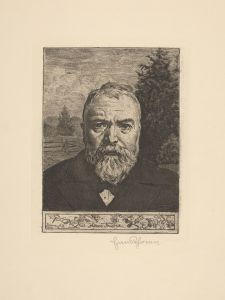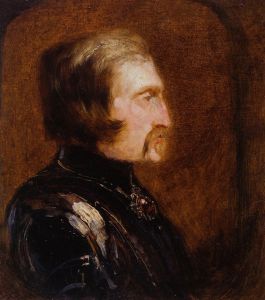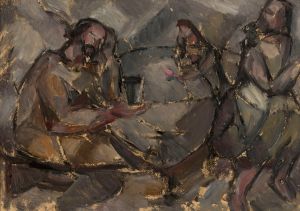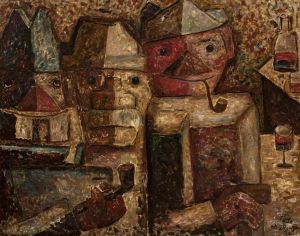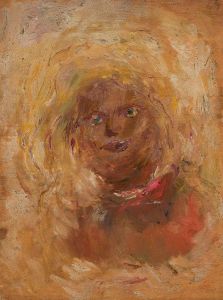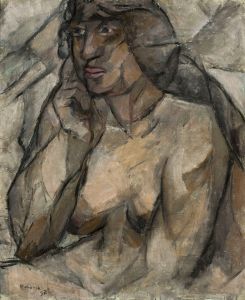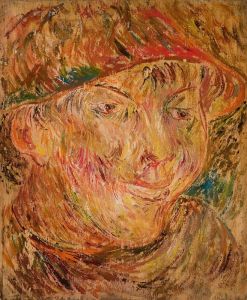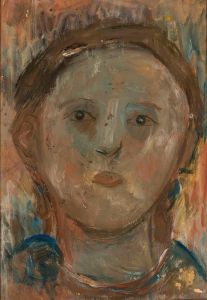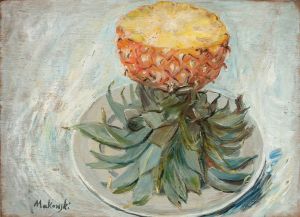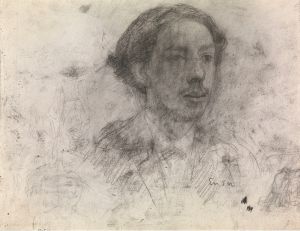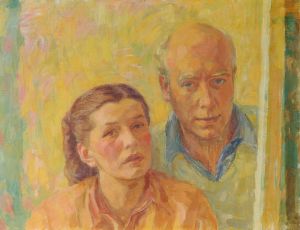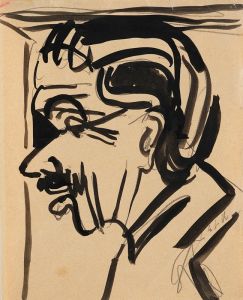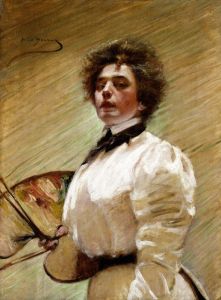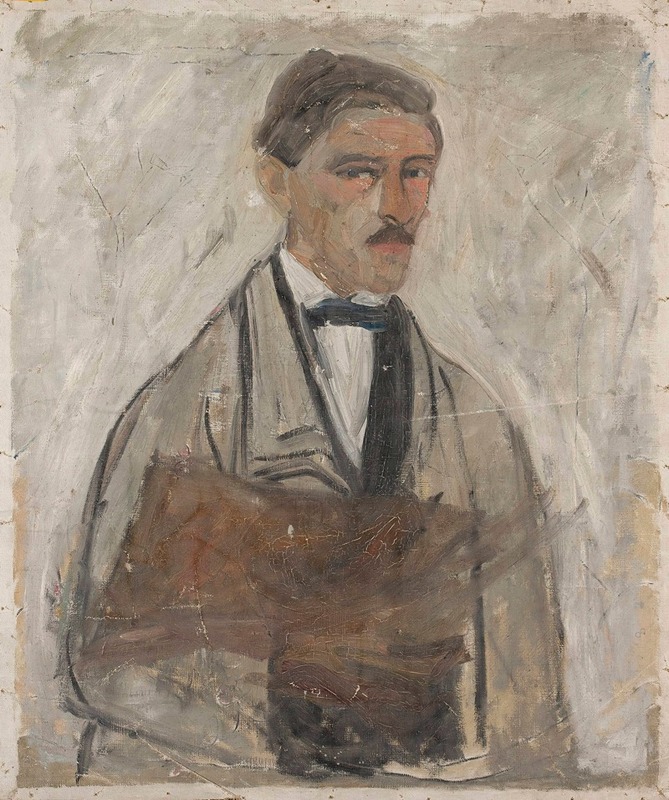
Self-portrait
A hand-painted replica of Tadeusz Makowski’s masterpiece Self-portrait, meticulously crafted by professional artists to capture the true essence of the original. Each piece is created with museum-quality canvas and rare mineral pigments, carefully painted by experienced artists with delicate brushstrokes and rich, layered colors to perfectly recreate the texture of the original artwork. Unlike machine-printed reproductions, this hand-painted version brings the painting to life, infused with the artist’s emotions and skill in every stroke. Whether for personal collection or home decoration, it instantly elevates the artistic atmosphere of any space.
Tadeusz Makowski was a Polish painter known for his unique style that combined elements of folk art, symbolism, and modernism. Born on January 29, 1882, in Oświęcim, Poland, Makowski initially studied classical philology at the Jagiellonian University in Kraków before pursuing art at the Academy of Fine Arts in Kraków. He studied under the guidance of Józef Mehoffer and Jan Stanisławski, two prominent figures in Polish art. Makowski's early works were influenced by the Young Poland movement, which emphasized a return to nature and national themes.
In 1908, Makowski moved to Paris, where he became part of the vibrant artistic community. The city was a hub for artists from around the world, and Makowski was exposed to various avant-garde movements, including Cubism. Although he was influenced by these movements, he developed a distinct style that often featured simplified forms and a muted color palette. His works frequently depicted scenes of everyday life, children, and rural landscapes, infused with a sense of nostalgia and innocence.
Makowski's self-portraits are an essential part of his oeuvre, offering insight into his self-perception and artistic evolution. The "Self-portrait" by Tadeusz Makowski is a notable example of his work, reflecting his unique approach to portraiture. In this painting, Makowski employs a style that blends realism with abstraction, capturing not only his physical appearance but also his introspective nature. The use of light and shadow in the painting highlights his features, while the background remains understated, focusing the viewer's attention on the subject.
Throughout his career, Makowski's work was characterized by a deep connection to his Polish roots, even as he lived and worked in France. His paintings often incorporated elements of Polish folklore and traditions, which resonated with audiences both in Poland and abroad. Despite the challenges of living in a foreign country, Makowski maintained strong ties to his homeland, participating in exhibitions in Poland and maintaining friendships with other Polish artists.
Makowski's contribution to art was recognized during his lifetime, and he exhibited his works in various prestigious venues, including the Salon d'Automne and the Salon des Indépendants in Paris. His unique style and thematic focus set him apart from his contemporaries, earning him a place in the history of modern art. Today, his works are held in high regard and can be found in major museums and private collections around the world.
Tadeusz Makowski passed away on November 1, 1932, in Paris, leaving behind a legacy of innovative and evocative art. His self-portraits, including the one discussed here, continue to be studied and admired for their depth and artistry. Makowski's ability to blend elements of his cultural heritage with modernist techniques has ensured his enduring influence in the art world.





